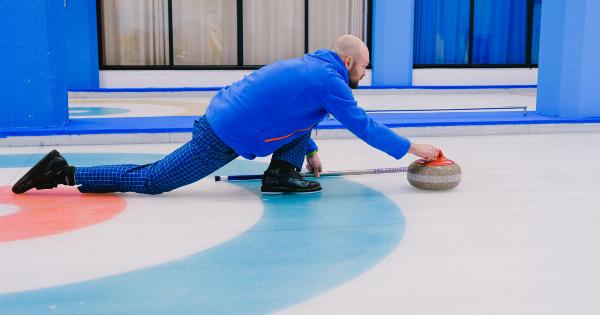Knee joints are vital for everyday movement, allowing us to walk, run, jump, and perform various physical activities. However, knee pain and injuries are quite common, often caused by repetitive stress, overuse, age-related factors, or accidents.
Taking proactive steps to protect your knee joints can significantly reduce the risk of pain and injury, ensuring long-term joint health and mobility. In this article, we will discuss some of the best ways to protect your knee joints.
1. Maintain a Healthy Weight
Excess body weight puts excessive strain on the knees, leading to knee pain and accelerating joint wear and tear.
By maintaining a healthy weight, you can significantly reduce the stress on your knee joints and minimize the risk of developing knee-related issues. Incorporate a balanced diet and engage in regular exercise to achieve and maintain a healthy weight.
2. Strengthen Your Leg Muscles
Strong leg muscles, including the quadriceps, hamstrings, and calf muscles, help support and stabilize the knee joints. Engage in exercises that target these muscle groups, such as squats, lunges, leg presses, and calf raises.
Consult with a fitness professional to develop a proper strength training routine based on your individual needs and fitness level.
3. Warm-up Before Physical Activity
Prior to engaging in physical activities, always perform a proper warm-up. This helps increase blood flow to the muscles and prepares the joints for movement, reducing the risk of sudden stress on the knees.
Incorporate dynamic stretches, such as leg swings, knee raises, and hip circles, to warm up the lower body effectively.
4. Use Proper Footwear
Wearing appropriate footwear is essential for maintaining proper alignment and reducing the strain on the knees. Choose shoes that provide adequate support, cushioning, and stability.
If you have specific foot conditions or pronation issues, consider using orthotic inserts or customized shoes to optimize your gait and reduce knee stress.
5. Practice Proper Technique
Whether it’s jogging, running, squatting, or jumping, ensure that you maintain proper form and technique during physical activities. Improper form can put unnecessary stress on the knee joints, leading to injury.
If you are unsure about proper technique, consider working with a fitness trainer or seeking professional guidance to ensure safe and effective movement.
6. Avoid Overuse
Repetitive motions can strain the knee joints, especially when performed without adequate breaks or rest days. Avoid overuse injuries by incorporating variety into your exercise routine and giving your knees regular periods of rest and recovery.
Cross-training, alternating between low-impact and high-impact activities, can help prevent overuse injuries and provide a well-rounded approach to fitness.
7. Protect Your Knees During Sports
If you participate in sports or recreational activities, it’s crucial to protect your knees with proper gear and equipment.
Depending on the activity, consider using knee pads, braces, or other protective gear that provide stability and absorb impact. Additionally, adhere to rules and guidelines of the sport to minimize the risk of collisions and sudden twisting movements.
8. Listen to Your Body
Pain or discomfort in the knee joints should not be ignored. They can be early warning signs of potential issues.
If you experience pain, swelling, or any other unusual symptoms in your knees, it’s essential to listen to your body and seek medical attention. Expert evaluation can help diagnose any underlying conditions and guide you in appropriate treatment and preventive measures.
9. Maintain Flexibility with Stretching
Regular stretching helps maintain flexibility in the muscles surrounding the knee joints. Aim for a well-rounded stretching routine that includes stretches for the quadriceps, hamstrings, calves, and hip flexors.
By maintaining good flexibility, you reduce the risk of muscular imbalances and prevent undue stress on the knee joints during various movements.
10. Modify High-Impact Activities
High-impact activities, such as jumping or running on hard surfaces, can be particularly stressful on the knee joints. If you have a history of knee issues or want to reduce the risk of injury, consider modifying such activities.
Switch to low-impact alternatives like swimming, cycling, or using an elliptical machine to protect your knee joints while still maintaining cardiovascular fitness.























